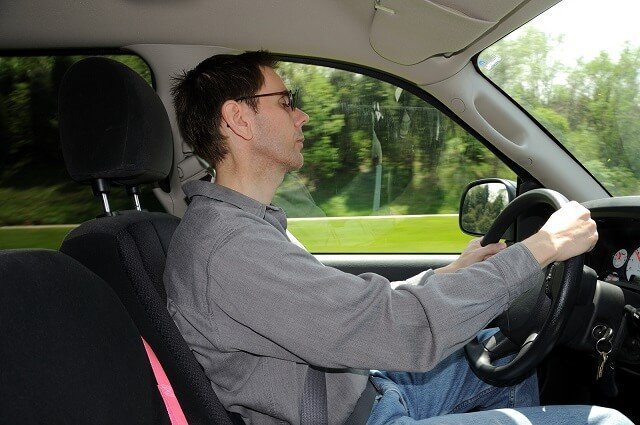According to estimates from the National Highway Traffic Safety Administration (NHTSA), there are roughly 100,000 reported accidents that result from driver fatigue every single year. These crashes result in an estimated 1,550 deaths and 71,000 injuries, and cause a total of more than $12 billion in financial loss.
If that isn’t bad enough, the National Sleep Foundation (NSF) notes that these estimates are likely too low. This is because:
- There is no test for fatigue
- Reporting practices are inconsistent
- Drivers are unlikely to self-report being fatigued at the time of an accident
But, regardless of the exact numbers, the message is clear. Drowsy driving is a huge problem, and one that puts motorists in and across the country in danger for suffering serious injuries in vehicle collisions every time they get behind the wheel.
What Makes Drowsy Driving So Dangerous?
The NSF points to four primary factors that link driver fatigue to an increased risk of causing a collision. These are:
- Impaired reaction time, judgment, and vision – Like drunk drivers, drowsy drivers are slower to react to events around them, such as a car braking up ahead. Being drowsy can also have the effect of causing a decreased field of vision.
- Impaired information processing ability and short-term memory – Not only are drowsy drivers slower to react, but they also have a more difficult time processing what to do with the information derived from their senses.
- Decreased driving performance, vigilance, and motivation – Due to their impaired judgment and ability to process stimuli, drivers who are fatigued consistently demonstrate decreased driving performance.
- Increased likelihood of engaging in aggressive behaviors – Fatigue has also been shown to lead to an increase in aggressive behavior (i.e., aggressive driving), which makes drivers more dangerous on the road as well.
In addition to these risks, in an article published in Psychology Today, Dr. Michael Breus points out that it is often difficult for people to tell when they are reaching a dangerous level of fatigue. “We’re generally not at all good at accurately gauging our own sleepiness,” he says, “tending to overestimate our ability to focus and underestimate levels of fatigue.” He also notes that environmental factors can lead to sudden and unexpected drowsiness behind the wheel, particularly after dark. These factors include:
- The repetitive sounds and sights of the road
- The rhythm of the moving vehicle
- Overall sleep deprivation
Who Is Most Likely to Drive Drowsy?
In an American Automobile Association (AAA) study, 28 percent of drivers said they had driven fatigued, while more than a third of drivers between the ages of 18 and 24 said they had driven while fatigued in the last 30 days. In addition to younger drivers, the Centers for Disease Control and Prevention (CDC) identifies the following individuals as being most likely to drive drowsy – and potentially fall asleep behind the wheel:
- Truck drivers
- Individuals who work late-night or overnight shifts
- Drivers with untreated sleep disorders
- Drivers who use medications that can cause drowsiness
- Anyone who does not get enough sleep
Were You in an Accident Caused by a Drowsy Driver? Let Us Help You Demand More® for Your Losses
If you were injured in a car accident in Palm Beach County and suspect that the other driver was drowsy or asleep behind the wheel, the team at Brian D. Guralnick Injury Lawyers can help you Demand More® for your injuries and losses. For a free consultation your legal rights, call me, Brian D. Guralnick, personally at 561-202-6673 or request your free consultation online today.
Were you or a loved one injured in an accident?
The law offices of Brian D. Guralnick help Florida residents and tourists seek compensation and Demand More? for their injuries.

